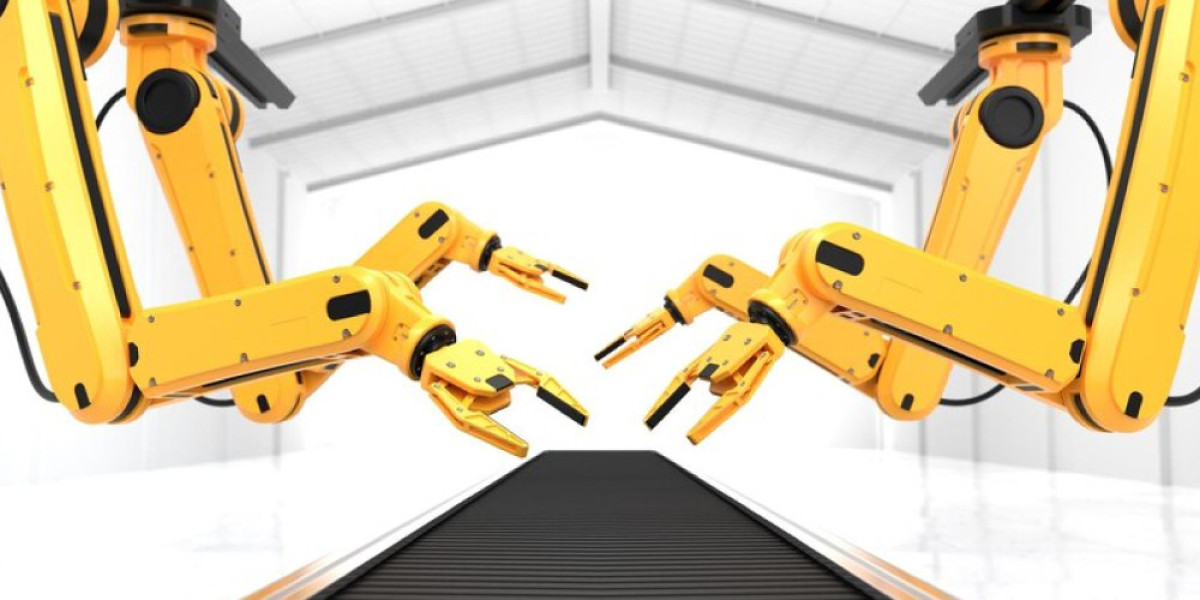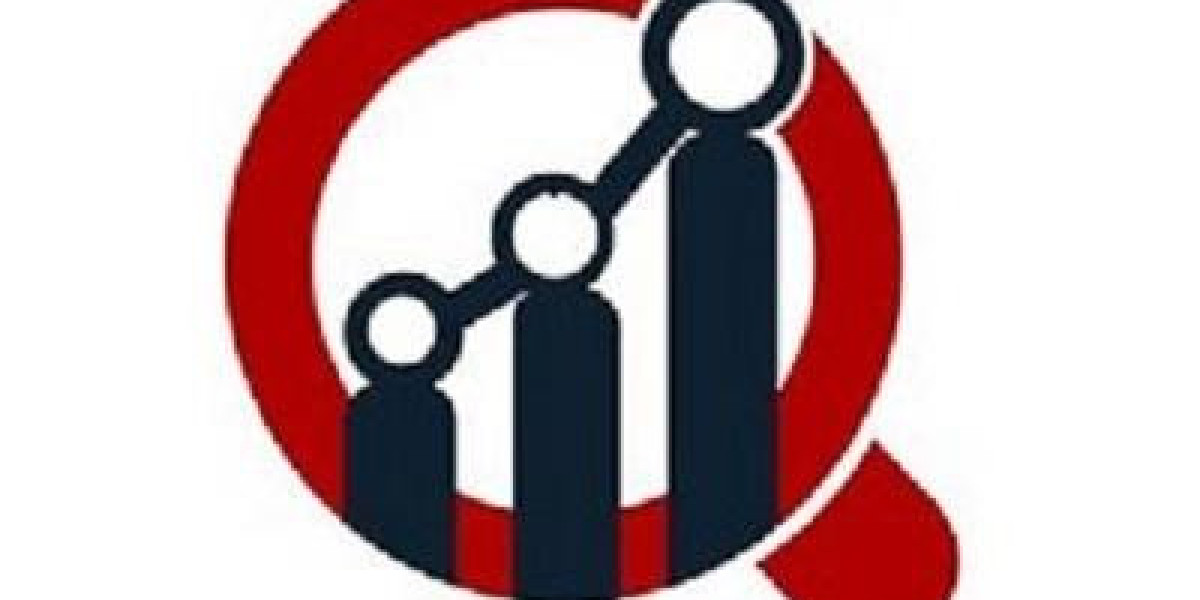The Sanding Pads Market growth is influenced by several factors, including the rising demand for surface finishing solutions in industries like automotive, woodworking, and construction. The growing emphasis on quality control and the need for efficient manufacturing processes are key drivers of this growth. Additionally, the trend towards eco-friendly and sustainable products is prompting manufacturers to develop innovative sanding solutions. As industries continue to prioritize efficiency and quality, the sanding pads market is expected to witness robust growth in the coming years.
The sanding pads market is gaining traction across industrial and consumer sectors due to their wide-ranging applications in surface finishing, woodworking, automotive repair, and metal fabrication. Sanding pads, typically made from abrasive materials, are essential tools for smoothing, polishing, and preparing surfaces for painting or coating. As industries increasingly emphasize high-quality finishes, productivity, and durability, the demand for advanced sanding pads continues to rise. Innovations in abrasive materials, bonding technology, and ergonomic designs are further driving the market forward, making sanding pads indispensable in both manual and automated operations.
Market Dynamics
The global sanding pads market is expanding due to growth in construction, furniture manufacturing, and automotive industries. In construction and woodworking, sanding pads are used to prepare surfaces for finishing, ensuring precision and smoothness. Automotive workshops rely on them for paint preparation, rust removal, and refinishing, while metalworking industries use specialized pads for deburring and surface conditioning. Rising demand for electric and pneumatic sanders also supports market growth, as they require compatible pads for various applications. Additionally, the DIY home improvement trend is boosting consumer sales of sanding pads through retail and e-commerce platforms.
Environmental regulations and the need for sustainable manufacturing practices are influencing the development of eco-friendly abrasive materials. Manufacturers are investing in recyclable and less toxic materials that reduce environmental impact while maintaining high performance. This shift aligns with global sustainability goals and enhances brand reputation among environmentally conscious consumers.
Technological Innovations
Technological advancements are reshaping the sanding pads market. Modern products now incorporate ceramic, zirconia, and aluminum oxide abrasives for superior cutting power and longevity. Hook-and-loop attachment systems simplify pad replacement, improving efficiency in professional workshops. Furthermore, dust-free sanding solutions are becoming increasingly popular, helping to maintain cleaner work environments and enhance worker safety. Integration of sanding pads into robotic polishing systems and automated finishing lines is another significant development, driving consistency and reducing manual labor requirements.
Manufacturers are also exploring smart abrasives that adjust grit performance based on pressure and temperature. These innovations improve material removal rates and minimize surface damage, offering precision control in critical industries such as aerospace and electronics.
Regional Insights
Asia-Pacific leads the global sanding pads market due to its strong manufacturing base, growing construction activities, and expanding automotive sector. Countries such as China, India, and Japan are key contributors, with significant investments in infrastructure and industrial production. North America and Europe remain mature markets characterized by high-quality standards, automation adoption, and strong presence of key manufacturers. Emerging regions in Latin America and the Middle East are also witnessing increased demand due to urbanization and rising industrial output.
Challenges and Opportunities
While the market offers significant potential, challenges such as fluctuating raw material prices and the presence of low-cost alternatives can impact profitability. Moreover, maintaining consistent product quality and addressing safety concerns related to dust emissions remain crucial. However, growing consumer awareness about product performance, along with the adoption of advanced abrasives, is expected to create lucrative opportunities. The expansion of e-commerce platforms and the introduction of customized sanding pads for specific industrial tasks further enhance market prospects.
Future Outlook
The future of the sanding pads market is expected to be driven by sustainability, efficiency, and technological integration. The ongoing push toward automation and robotics in manufacturing will increase demand for precision-engineered sanding pads. As industries continue to evolve toward cleaner and more efficient production methods, eco-friendly abrasives and smart sanding technologies will dominate the market. Overall, innovation and adaptability will define the next phase of growth for sanding pad manufacturers.
FAQs
1. What are sanding pads primarily used for?
They are used for surface preparation, polishing, and finishing in industries such as construction, automotive, and metal fabrication.
2. Which materials are commonly used in sanding pads?
Common materials include aluminum oxide, zirconia, and ceramic abrasives, which offer durability and consistent performance.
3. What factors drive demand for sanding pads?
Rising industrialization, increased focus on surface quality, and growing DIY activities are major factors driving market growth.
More Related Reports:
Soldering Equipment Market Trends
Personal Transporter Market Trends
Electric Wall Heater Market Trends


